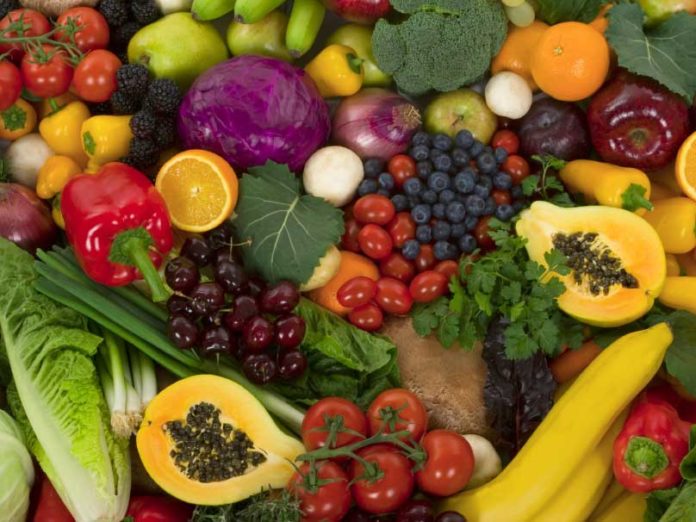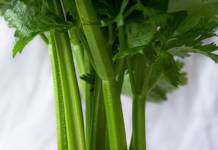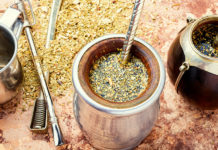What Are Phytonutrients?
Phyto is the Greek word for “plants,” so phytonutrients is a fancy word that describes the benefits of eating your fruits and vegetables! Phytonutrients are beneficial chemicals which protect the plant’s own vitality in nature. When you consume plant-based foods, the phytonutrients derived from the plant will help protect your own body from harm. Many phytonutrients are known for their prevention of ailments, disorders, and even cancers. You can also get these helpful chemical compounds from less obvious plant sources such as tea, beans, grains, and nuts.
Different Than Vitamins?
Vitamins are specific, essential nutrients that your body requires to stay alive. Phytonutrients are not necessarily required, but do give your body help in many other protective ways. They can prevent disease and improve overall body function.
There are over 25,000 classified phytonutrients. Some are more famous than others!
Here Are My Favorite Cancer-Fighting Phytonutrients
- Carotenoids – What’s that sound like? Carrots, right? Well that’s a good clue. These phytonutrients are common in most yellow, orange and red veggies, as well as some greens. They act as antioxidants in the body and help with production of Vitamin A.
- Lycopene is a carotenoid. The collective marketing efforts of food sellers and the press have implanted this word to bring an image of tomatoes to mind. True, lycopene is in tomatoes, as well as watermelon and pink grapefruit. High intake of this nutrient may help lower your risk of prostate cancer.
- Lutein is another carotenoid, which is highly prevalent in dark leafy greens like spinach, kale and collards. Lutein is good for your eyes; it helps to fight free radical damage from blue light exposure. Lutein can also help prevent skin disorders, improve coronary heart health, and fight several different types of cancers including breast cancer and colon cancer.
- Ellagic Acid is contained in fruits like strawberries, raspberries, red grapes, and pomegranates. They help resist and neutralize cancer development in your body. Dr. Daniel Nixon of the Hollings Cancer Center conducted a clinical study which shows that the ellagic acid derived from eating whole raspberries can cause a profound apoptotic death to cervical cancer cells.
- Flavonoids – From green tea to citrus, these help you resist chronic diseases and cancer. Flavonoids, a part of the polyphenol class of phytonutrients, are found in a variety of different kinds of plant-based foods.
- Resveratrol – This is one of those benefits of red wine and grapes that you hear about all the time in news and health blogs. Resveratrol is a powerful antioxidant which fights against the buildup of free radicals. It’s found mostly in the skin of red grapes, but also in some berries and nuts. Resveratrol is also known to help with heart health by regulating blood flow through the arteries.
- Glucosinolates – You can get these sulfur-containing compounds from pungent plants like mustard, horseradish, and cabbage. They are valuable in the constant battle against the development of cancer. Glucosinolates are known to be protective against lung and digestive tract cancers.
- Phytoestrogens – Flax seeds, sesame seeds and soy are a good source of phytoestrogens. Different clinical and experimental studies have mixed or conflicting results as to the benefits of these chemicals. Whether these compounds are helpful or harmful may depend on various factors such as age, health and gut flora. It’s important to do your research on the impact of phytoestrogens (and the other phytonutrients listed here), before adding a substantial amount to your diet.
That’s A Lot To Remember!
Those are some big words, with a lot of different benefits. How can we ensure to get a variety of these different sources of nutrients? Fortunately, there are a few helpful tips that make it easier!
Eat with all the colors of the rainbow! – This helpful PDF has a chart to help encourage variety of foods rich in phytonutrients. Since so many of these foods are colorful, you can do yourself great benefit by selecting from the ranges of foods by color. I recommend 5-10 servings of these colorful foods every day. Remember to eat organic when possible!
The French Paradox – This is not fully established and more of an interesting theory. French citizens statistically, or stereotypically, smoke a lot more cigarettes and eat a diet filled with foods higher in saturated fats. The mystery was for scientists to figure out why the occurrence of heart disease in this population was lower than people in “healthier” populations. The leading explanation is the higher amount of a phytochemical called resveratrol that they consume. It is found in red wine and dark chocolate. So, it is possible that some foods, often considered decadent, may have a place in health when consumed in moderation.
Diet & Supplement Strategy
You’ve read about all the well-documented benefits of these healthy, cancer-fighting phytonutrients. However, the benefits are far more pronounced when they are actually consumed from the foods in which they are found.
Perhaps it isn’t the stand-alone chemicals, but the array of the complex chemistry that is really bringing the benefits when you eat them. You can’t just eat an orange and sigh, “Ahh, Vitamin C!” A real, natural food has many benefits, greater than the sum of its separate chemicals.
However, leading busy lives often leaves less time for balanced nutrition! In addition to eating a well-rounded fruit and veggie based diet, I suggest you supplement with Diamond Nutritionals’ Super Greens. Just two scoops of this nutrient-dense source of superfoods contains a concentrated daily amount of berries, fruits, vegetables, and greens. This outstanding formula will give you a daily boost of healthy phytonutrients, ensuring that you reach a healthy goal of 5-10 servings of vegetables and fruit each day.
There will always be new scientific discoveries happening. But, sometimes these subtle facets of knowledge only help to reinforce age-old lessons from our youth:
“If you want to be healthy, you should always eat a rich variety of colorful fruits and vegetables!”
—
Photo credit: BVDC / bigstock.com








